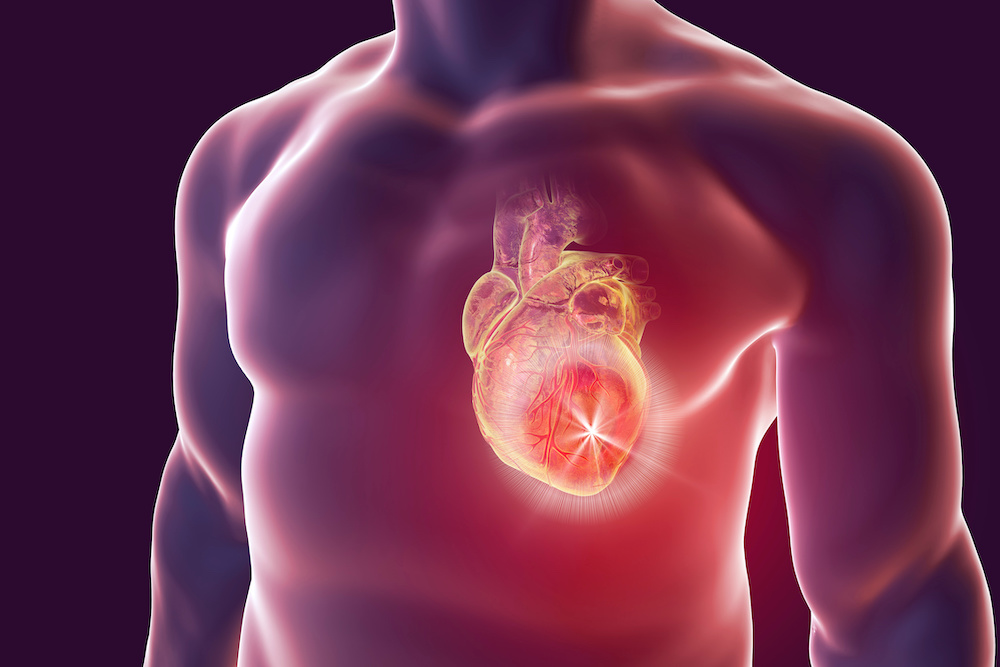What Is Myocardial Recovery?

Heart failure (HF) is characterized by a pathologic process known as “remodeling” that involves impairment of the function of the heart and progressive dilation of the chambers of the heart. The process of remodeling is associated with adverse cellular, structural, and functional myocardial changes, that had long been deemed progressive and unidirectional. Clinical experience has shown that the process of remodeling can be delayed or even reversed, either spontaneously in the setting of acute cardiac injury (e.g., acute myocarditis and other), or to be facilitated through guideline-directed HF medical therapy including cardiac resynchronization therapy in chronic HF . Mechanical circulatory support (MCS) with left ventricular assist devices (LVADs) is an established treatment modality for patients with advanced disease. Besides their role in supporting the systemic circulation (more info provided below), they provide significant off-loading of the heart, creating a favorable environment for reversal of the structural and functional alterations of the failing heart, a process known as “reverse remodeling” . It has been repeatedly shown that a subset of advanced HF patients can significantly improve their cardiac structure and function while on durable LVAD, to the point where withdrawal of the LVAD support can be considered . In light of these findings, the concept of HF irreversibility has been refuted and the notion that severe HF indicates irreversible end-stage disease has been revised. The National Institutes of Healtdddh (NIH) organized a working group of experts from around the globe and the consensus recommendations derived from this body defined myocardial recovery as a reversal of the pathological state of the myocardium with significant improvement in heart structure and function sufficient to achieve a sustained remission from hospitalizations and other adverse events that take place in patients with chronic heart failure.
Left Ventricular Assist Device (LVAD)
A left ventricular assist device is a form of mechanical circulatory support used in the treatment of patients who have been diagnosed with advanced HF. An LVAD is a pump that helps your heart circulate blood from the left ventricle to the rest of the body. LVAD devices are implantable devices commonly used as a bridge to transplant in patients for whom medication alone didn’t improve their heart function. They are also used as lifetime permanent therapy in advanced HF patients that are not eligible for heart transplantation due to various contraindications.
Studies have shown that using an LVAD in combination with guideline directed medical therapies have the potential for increasing the probability for recovery from HF. These studies were conducted using standard drug therapy protocol, optimization of the LVAD speed, and consistent testing of the myocardial function in participants . The ultimate goal is full myocardial recovery with LVAD explantation with no recurrence of heart failure symptoms.
Reverse Remodeling
A main function of the heart is to pump blood to the lungs and the rest of the body. When a patient experiences heart failure, the heart isn’t working correctly, and blood is not pumped adequately from the heart to the rest of the organs. This can lead to a back-up of fluid in the lungs as well as a decrease in the amount of blood the heart ejects. Some patients who experience heart failure require a transplant or the assistance of an LVAD.
Reverse remodeling represents a significant improvement of the heart due to a positive response to treatment . When reverse remodeling occurs, there is an improvement in the heart’s ability to fill and eject blood to the body. Doctors often notice improvements to the size of the ventricle. As the ventricle size normalizes, it often leads to improved heart function (ejection fraction is one of the metrics of heart function that is widely used). When reverse remodeling is identified, doctors can optimize the pump speed of the LVAD and continue with pharmacological treatment to advance the reverse remodeling and facilitate myocardial recovery .
Advancing the Science of Reverse Remodeling and Heart Recovery
Understanding the biological mechanisms driving heart recovery following LVAD may be paramount to understand and facilitate cardiac improvement in the broader HF population. By examining heart tissue samples from patients with various degrees of LVAD-mediated cardiac improvement could lead to the discovery of novel therapeutic targets . The overarching goal is to improve our understanding of cardiac biology and the associated molecular, cellular, and structural changes that are implicated in cardiac recovery, and manipulate them in a way that could be beneficial for the greater HF population. This research is currently being conducted by several investigators at the Nora Eccles Harrison CVRTI and the University of Utah Health (visit lab websites listed below in the corresponding section).
Conclusion
Heart failure is a progressive disease in which the heart does not function properly to pump blood throughout the body and medications are only one way to treat heart failure. When patients don’t seem to respond to pharmaceutical treatments, they may undergo mechanical circulatory support with a device known as an LVAD. The LVAD is implanted into the left ventricle to improve pumping of blood from the heart to the rest of the body. Studies show that if standard medical therapy is used in conjunction with the LVAD, the heart can begin to regain function and show reverse remodeling. Some patients are fortunate enough to experience significant heart reverse remodeling and sustainable myocardial recovery.


